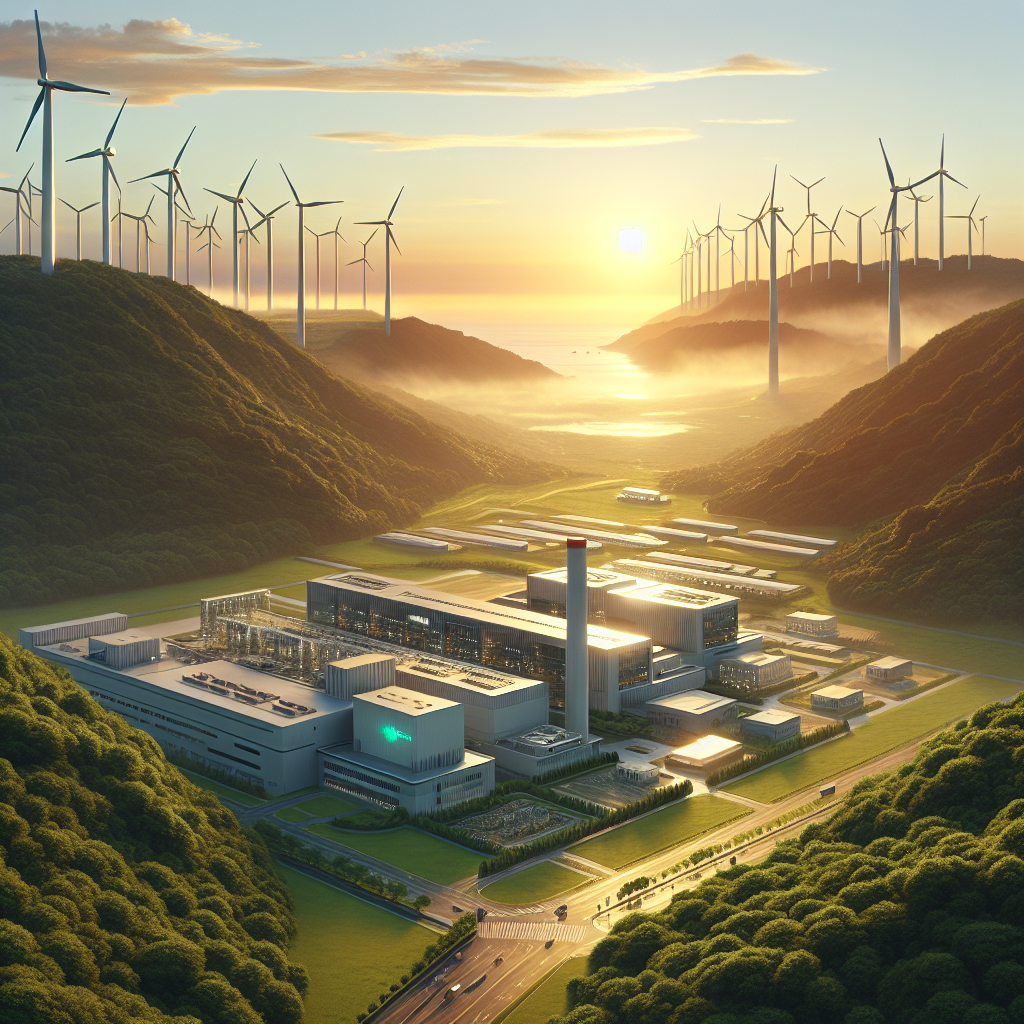
Taiwan’s Balancing Act: Reconciling Climate Ambitions with Semiconductor Manufacturing
The Heart of High-Tech Manufacturing
Taiwan stands as a global leader in semiconductor production, a title that brings both economic prosperity and significant environmental challenges. The island’s chip industry, with Taiwan Semiconductor Manufacturing Company (TSMC) at its forefront, comprises a staggering one-quarter of Taiwan’s GDP. Yet, this high-tech sector poses substantial environmental dilemmas, particularly concerning carbon emissions, water use, and energy demands.
The Environmental Cost of Semiconductor Dominance
The picturesque Hsinchu countryside belies its status as a semiconductor powerhouse. Gargantuan factories contrast with serene rice paddies, highlighting the stark conflict between Taiwan’s natural beauty and industrial prowess. By the third quarter of 2024, TSMC had captured 64 percent of the global semiconductor market, overshadowing competitors like Samsung Foundry.
Despite its economic contributions, the chip manufacturing process is resource-intensive, consuming significant water and energy while emitting harmful chemicals. Notably, TSMC uses approximately 8 percent of Taiwan’s electricity. However, semiconductor manufacturing’s environmental strain can’t be ignored. As Chia-Wei Chao from Taiwan Climate Action Network points out, electronics are Taiwan’s second-largest emissions source after petrochemicals.
Conflicts with Agriculture and Renewable Energy
Taiwan’s semiconductor industry encroaches upon local agriculture, particularly during crises like the 2021 drought when water was diverted from farms to factories. The necessity of building solar farms to power chip manufacturing raises further land use dilemmas, fueling anxiety among farmers who fear losing arable land.
Adding to these conflicts, Taiwan’s shift towards renewable energy lags behind its ambitions. Currently, over 80 percent of its energy supply derives from fossil fuels like gas and coal. Efforts to expand wind and solar power have faltered, partly due to stringent localization policies that demand high percentages of local production in renewable energy components.
Challenges and Innovations in Renewable Energy
Despite government goals to achieve a 20 percent renewable energy supply by 2025, Taiwan faces an uphill battle. Offshore wind installations have not met expectations, largely due to high localization demands impeding swift supply chain development. As Raoul Kubitschek from NIRAS Taiwan explains, local production has been slow to build up, limiting Taiwan’s renewable energy advancements.
Compromising with Land Use and Solar Energy
Solar energy also faces barriers, particularly in land use. Rooftop solar initiatives are near saturation, while larger-scale solar farms encounter opposition from farmers fearing encroachment. Some innovative projects, led by Chia-wei Chao, propose dual-use land models where farmers integrate solar panels without sacrificing agricultural productivity.
While efforts to reconcile renewable goals with semiconductor demands continue, Taiwan’s energy market remains heavily reliant on non-renewables. This reliance is a growing concern for companies like TSMC, pressured by global partners such as Apple to achieve 100 percent renewable energy usage by 2030.
Global Reflections: Semiconductor Production and Environmental Considerations
Taiwan’s semiconductor challenges echo globally, with both the US and EU seeking to enhance domestic chip manufacturing. These initiatives face similar concerns, such as water use conflicts in the American Southwest where TSMC plans to construct a major facility.
As Josh Lepawsky from Memorial University notes, the environmental planning around semiconductor production often overlooks crucial factors like water resource management, leading to potential long-term issues.
The Rise of Semiconductor Emissions
Beyond energy and water concerns, semiconductor production contributes directly to greenhouse gas emissions. Processes within chip manufacturing release gases with high global warming potential. For instance, the fluorinated gas CF4 used in etching has a warming potential 6,500 times that of CO2.
Efforts to reduce such emissions are underway, involving efficiency improvements and potentially replacing harmful gases. Emily Gallagher from Imec’s SSTS program emphasizes the need for ongoing adjustments in these complex manufacturing processes.
Taiwan’s Path Forward: Synchronizing Industry and Environment
Amidst the tumult of global AI advancements dependent on Taiwanese chips, the island grapples with balancing its high-tech ambitions and environmental stewardship. While companies face intensifying pressure to “go green,” the Taiwanese government must accelerate its renewable energy transition and reconsider current energy policies.
Adopting ambitious renewable energy goals, exploring new land-use models, and encouraging semiconductor companies to invest in sustainable practices are critical steps forward. As Greenpeace’s Lena Chang suggests, the responsibility for Taiwan’s energy future falls significantly upon major power consumers like the semiconductor giants driving the island’s economy.
Source: https://www.aljazeera.com/economy/2024/12/25/taiwan-struggles-to-reconcile-climate-ambitions-and-chip-manufacturing

